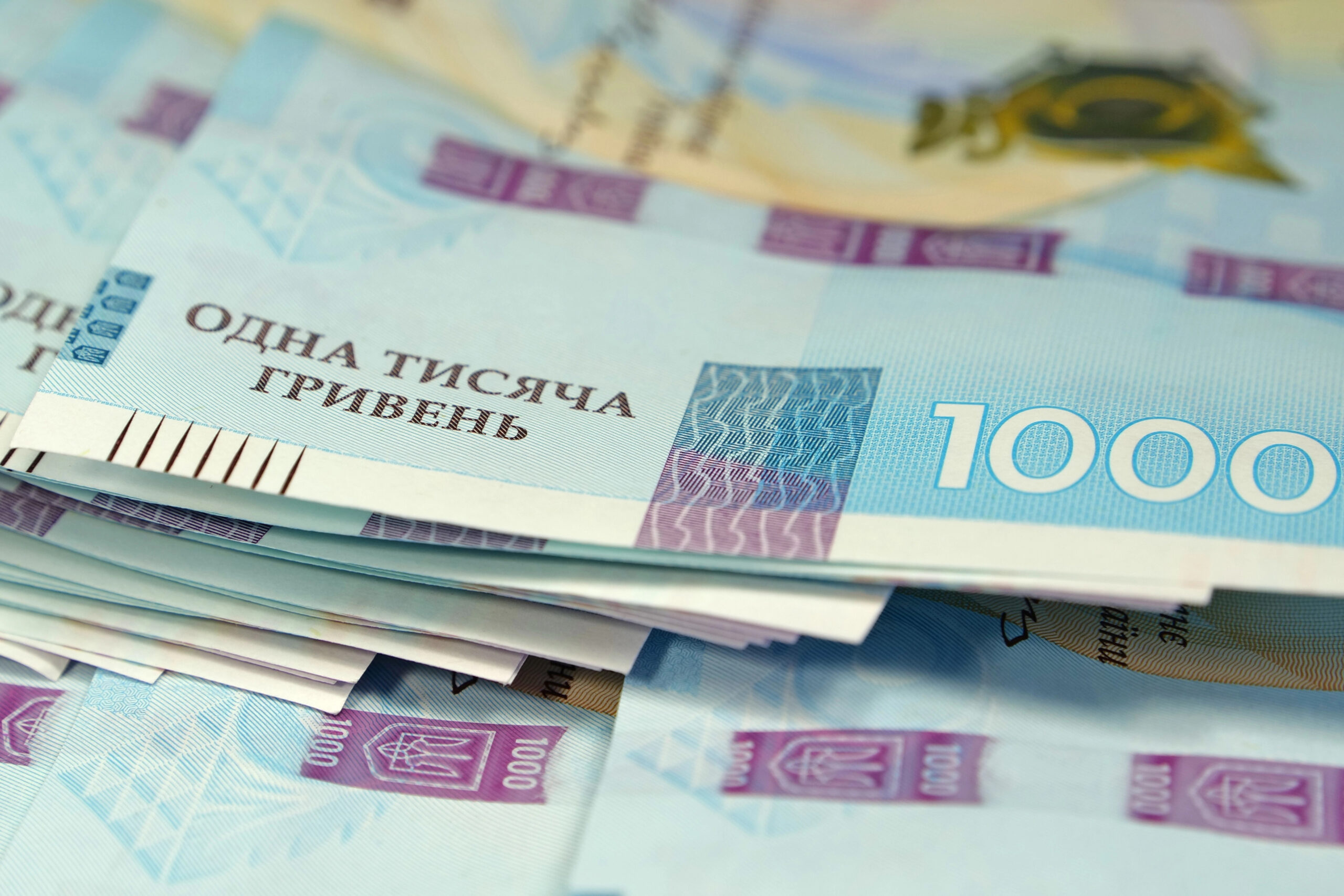The central bank plans a speedy shift from targeting exchange rate to targeting inflation. For this, population expectations and trust to the actions of the authorities is paramount. Therefore, together with convenient measures such as independent central bank and responsible monetary policy, inconvenient measures can be implemented to affect the psychology of people, for example redenomination.
– What is better, the old ruble (pre-1961 redenomination) or the new?
– Of course the new – previously one could live on ten rubles for one day, and now its two days
The 1970s Soviet joke regarding monetary reform of 1961 when 1 to 10 redenomination was made
Redenomination means a change the face value of banknotes or coins of a currency, usually making a basic unit of this currency more valuable. Redenomination usually is done after prolonged high inflation led to a great nominal prices of everyday transactions, which makes them cumbersome. It is also done by newly independent states, which want to have their own monetary authority or due to entering a monetary union, such as EMU.
There is no direct economic sense in a redenomination monetary reform if we assume that economic agents are fully rational and operate real, not nominal values. Moreover, countries that made at least one redenomination during the last century later had to repeat this experience meaning that new stability has not taken hold (Brazil made 6 redenominations from 1942 to 1994). At the same time, there are developed economies (e.g. Japan and South Korea), whose currency is relatively stable despite the fact that 1 US dollar or Euro cost hundreds or thousands units of their currency. Therefore, it is naïve to assume that cutting several zeroes from banknotes will do the magic trick of stabilizing the currency. Real stabilizing factors are prudent fiscal and monetary policies.
Opinion polls from countries that underwent redenomination show that one of the mostly cited benefits is an increased value of the currency (see here) and improved credibility of public policy (here), which can be seen as strange, because an economic agent should be more interested in her/his real incomes i.e. amount of goods and services s/he can buy than in the number of zeroes on banknotes.
This tendency to view currency in nominal, rather than real, terms is known as money illusion. The term was coined by american economist Irving Fisher, who in 1928 published a book the Money Illusion and it describes not only redenomination but all cases where nominal value replaces real in economic decisions. If people have a psychological bias that consists in failing to distinguish nominal or real values, then it contradicts one of the basic premises of mainstream economic theory, namely the rationality of economic agents.
Money illusion can be viewed as a special case of framing, as described in the one of most highly cited economic papers of all times by Kahneman & Tversky, “Prospect Theory: An Analysis of Decision under Risk“. The main idea of framing is that preferences of economic agents may be altered by different representations of the same situation. For example: two groups were asked to imagine that they had lung cancer and should choose between radiotherapy and surgery. the groups received data that differed only in whether or not the outcomes were framed in terms of probability of surviving/living or dying. while the underlying data are the same, the choices were significantly different, evincing the importance of framing.
There is a bias in economic literature toward developed countries, therefore an existence of money illusion after redenomination is researched mainly for the states, which joined the European monetary union and adopted eure in place of their local currency. Usual way to check the effect is by change in charitable donations (see here, here and here). If redenomination affects economic agents then real value of charitable donations after the shift to euro will change. The studies detected statistically significant changes, namely an increase in real value of donations, supporting the hypothesis of money illusion.
Attitudes and expectations are very important elements of any reform. For example, one of the most publically successful reforms after the ousting of Yanukovych was the New Police. Support ratings of the police soared and remain on unprecedented for Ukraine levels, while if one studies data on crimes and crime prevention there is no significant improvement yet. Therefore, sometimes a flashy front is able to boost expectations even without immediate tangible results. A redenomination may be such a front.
Wikipedia lists 101 cases of redenomination from 1826 to 2016 (includes introduction of own currency after gaining independence and transition to euro), scores of them in central and eastern Europe and former Soviet Union. Most of the cases (62) are result of inflation or hyperinflation.
There are several arguments in favor of a redenomination:
- Ease of accounting. If most popular banknotes have multiple zeros on them it possible to accidentally use a bank note of wrong value. Statistical data in quadrillions are also very hard to grasp. Currently in Ukraine this argument is rather weak because while UAH has declined in value since its introduction in 1996, the overall decline is roughly by a factor of more than 10: consumer price index (usual measure for inflation) increased 11.4 times, UAH/USD exchange rate – 16 times
- Confiscation. This is used primary by authoritarian regimes and is done by limiting directly or indirectly (e.g. by short span of the reform) a volume of currency per person that can be exchanged or exchanged at favorable rate. For example, in the USSR the 1947 money reform when wages and deposits up to 3000 were exchanged 1:1, deposits from 3 to 10 thousand rubles got a 1/3 haircut and deposit over 10 thousand rubles got 2/3 haircut. Cash holdings were exchanged 10:1. The most recent example is North Korea, were 100:1 redenomination happened in 2012 and the measures required residents to exchange currency up to a limit of 500,000 old won per individual—equivalent to $200 or less at unofficial market rates. Amounts in excess of the limit could be exchanged if deposited in a bank account, although amounts in excess of 1,000,000 old won could be so deposited only if a legitimate means of accumulation was shown [see here]. In Ukraine there are rumors (neither confirmed nor denied by the authorities) that significant amounts of cash hryvnia remained in Crimea and districts of Donbas, not controlled by Ukraine. If the rumors are true, there is a potential threat of ‘flooding’ Ukrainian economy with that cash to destabilize the situation, which can be prevented by changing the bank note design (with or without a redenomination) and limiting exchange period to several months (plus possibly setting upper limit on cash exchange without showing a source of funds).
- Framing. More than once I have been asked by people, which world currency is the strongest and costs the most – it is assumed by many that the questions are identical. What people are really interested in is in which currency their savings will lose value the least, but there is an implicit assumption that if one unit of a currency is exchanged for multiple units of another currency then it is inherently better. In reality this doesn’t always holds, as can be shown with Japanese yen for the last several decades.
- New anchor. A lot of people see money as inherently stable, which can be seen, among other things, in setting expectations about future salary during job search to a fixed nominal sum for several years even if there is a change in price level. In countries with persistently high inflation people often anchor not to local currency but to one of international reserve currencies. It is well known that for example real estate prices in Ukraine are predominantly quoted in US dollars. Similarly, during high inflation period in Israel, “it was common to use the US dollar for both analysis and transactions. Yet, this substitution did not seem to preclude the continuation of money illusion relative to the changing value of the dollar”[cited from here]. Ukraine has relatively heavy dollarisation and if an introduction of new currency will nudge people from foreign to domestic currency as both a store of value and unit of exchange it will allow the central bank to affect expectations more precisely.
A redenomination per se cannot assure future stable currency as the examples of both Russia and Ukraine clearly indicated. Right after the redenomination, inflation did slowed down significantly: in Ukraine hryvnia was introduced in September 1996 and for the next 12 month inflation was only 11.4%, compared with 91.3% in 12 months before the introduction. The similar story in Russia: new ruble was introduced in January 1998 and for the next 6 month inflation was only 4.1%, compared with 8.1% in January-June of 1997. I gave only half-year for Russia because the financial crisis hit it in August 1998, ruining the fragile stabilisation. The financial crisis of 1998, which led to currency depreciations and consequent higher inflation is a great example of how soft fiscal policy and high deficits, financed by short-term domestic debt can undermine monetary stabilisation.
Historically, firstly in the USSR and then in Ukraine, term ‘money reform’ meant introduction of new money and not the underlying change in policy of the central bank. Even recently informal talks about money reform in both the occupied territories of Donbas and in Russia were concentrated new coinage and introduction of new currency backed by gold (e.g. here, here and here) or even electricity (here). While these talks can be dismissed as blabbering of marginal, sadly enough they aren’t far away from talks about ‘returning the Crimea’ or ‘saving Russian speakers of Donbas’ before the occupation in 2014. Another example: when the so-called ‘people’s republics’ of eastern Ukraine debated an introduction of their own currency, they said about 10:1 exchange to hryvnias, which had to prove ‘strength’ of their money. Therefore, even without any theoretical basis the talks about redenomination can influence people.
If one limits the study of redenomination effect only by countries of CEE and CIS, which ‘cut zeroes’ due to inflation as opposed to shifting to euro, it is hard to test whether stricter monetary policy without redenomination results in lower inflation. Simple descriptive statistics (see table 1) shows a medium-term improvement for Ukraine and several neighboring economies after the redenomination. However, it is caused chiefly by better monetary policies and not by the fact of ‘cutting zeroes’ from money.
Table 1. Average 3-year inflation before and after redenomination
| country | Redenomination year | 3-year average inflation prior | 3-year average inflation after |
| Poland | 1995 | 36.8 | 15.5 |
| Ukraine | 1996 | 2000.9 | 16.4 |
| Russia | 1998 | 86.7 | 42.7 |
| Bulgaria | 1999 | 401.0 | 7.8 |
| Belarus | 2000 | 143.5 | 44.0 |
| Turkey | 2005 | 26.4 | 9.6 |
| Romania | 2005 | 16.4 | 6.4 |
| Azerbaijan | 2006 | 6.2 | 13.0 |
| Turkmenistan | 2009 | 9.7 | 5.0 |
Source: Wikipedia (redenomination year), IMF statistics
The NBU can use redenomination as a front to promote more independence for the central bank. It can present a redenomination as tabula rasa (clean slate), so that financing public deficits is a thing of the past and the central bank will pursue responsible monetary policy to keep trust in hryvnia. There are multiple studies that show that more independent central bank corresponds to lower long-term inflation and greater financial stability. If economic agents can be nudged to have a greater trust in national currency by the redenomination then it should be done. There is some evidence from Turkey (here) that supports this hypothesis.
Attention
The author doesn`t work for, consult to, own shares in or receive funding from any company or organization that would benefit from this article, and have no relevant affiliations



